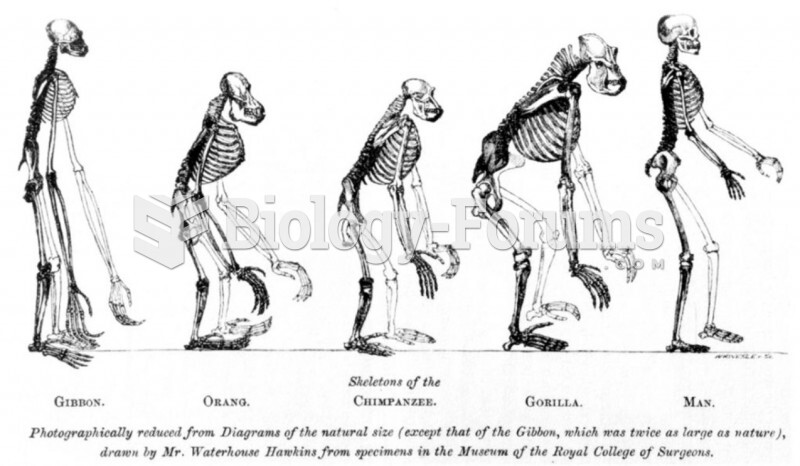|
|
|
Drying your hands with a paper towel will reduce the bacterial count on your hands by 45–60%.
Egg cells are about the size of a grain of sand. They are formed inside of a female's ovaries before she is even born.
Each year in the United States, there are approximately six million pregnancies. This means that at any one time, about 4% of women in the United States are pregnant.
There used to be a metric calendar, as well as metric clocks. The metric calendar, or "French Republican Calendar" divided the year into 12 months, but each month was divided into three 10-day weeks. Each day had 10 decimal hours. Each hour had 100 decimal minutes. Due to lack of popularity, the metric clocks and calendars were ended in 1795, three years after they had been first marketed.
More than 150,000 Americans killed by cardiovascular disease are younger than the age of 65 years.







